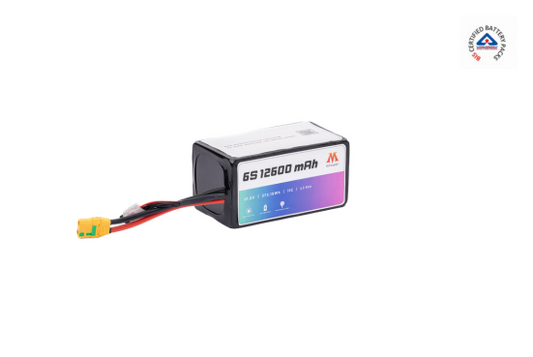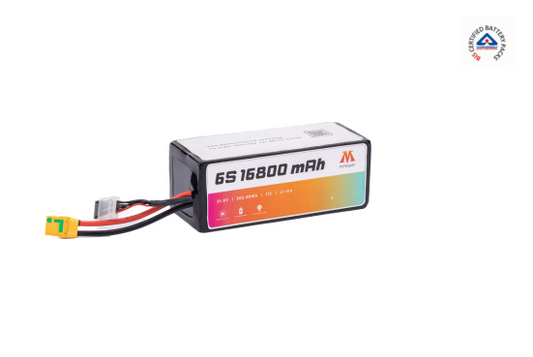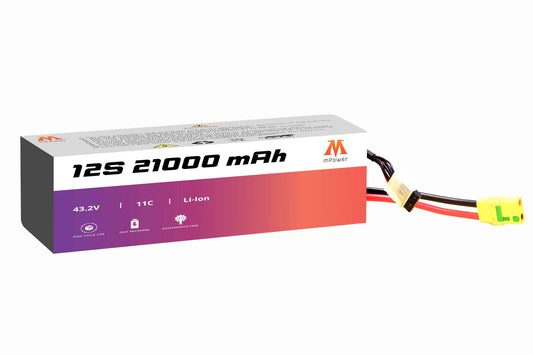
You must have seen various drone startups operating in India with different ideas. Recently, there have been various drone startups that showed up on Shark Tank, a television show, for funding. This demonstrates the growth of the drone industry and its technological advancement that is suitable for businesses across various industries. However, new-age drones are making it possible to redefine various industries along with agriculture and defence. Additionally, a new drone start-up “Vecros” came up with the idea of an AI-enabled drone, where the chances of collision are negligible.
But, have you ever thought about why these start-ups are showing up to thrive in the drone landscape and make various operations hassle-free? The answer is various government steps to put India at the forefront of the drone industry. Ban on importing drones is one of the biggest contributors to various drone development in India.
Why Is the Government Interested in Drone Development in India?
The drone and its components industry is projected to reach approximately US$23 billion by 2030. According to the latest EY - FICCI report titled, “Making India the drone hub of the world,” the government sees an opportunity to significantly strengthen India's manufacturing potential and contribute to its goal of becoming a US$5 trillion economy.
The Narendra Modi government has promoted Aatmanirbhar Bharat over the years and they have taken various initiatives to ensure drone development in the country. India wants to be at the forefront of this industry by 2030 so they have ensured a collaborative approach of the private sector, government, and startups.
Additionally, the patented software of the drone is the biggest cost contributor to drones. India is full of talented engineers, including software and electronics. They will come together to build the more advanced features of a drone in India. Additionally, the Government of India is committed to creating a demand and supply ecosystem. This is one of the main reasons that various drone startups closed $49.7 million of funding in FY 2022-23.
What Action Might Require in Becoming a Drone Hub by 2030?
Stimulating Demand: The government must develop robust action plans to stimulate demand for drones. This includes promoting drone adoption in flagship schemes and projects and offering supportive policies and incentives at the state level.
Boosting Manufacturing: Collateral-free and personal guarantee-free project finance loans at low-interest rates can help boost manufacturing capabilities, especially for startups and MSMEs. Operationalizing drone testing sites and supporting local manufacturing of components are also essential.
Attracting Investments: To attract investments, the government could invite anchor companies willing to commit investments to present their plans. This would demonstrate the government's commitment to supporting the industry and encourage further investments.
Facilitating Exports: Simplifying the SCOMET licensing process and procedures for international exhibitions and demonstrations can facilitate exports. Removing the need for Industrial Licensing for drones not on the defence items list can also streamline operations.
Other Actions: Establishing an inter-ministerial committee on drones and counter-drones can shepherd innovation and technology development. Government-to-government deals could facilitate technology transfers and strategic partnerships. Subsidising skilling costs for training and development would also be essential for establishing a robust drone ecosystem in the country.
Major Government Steps for Drone Development in India
Here's a glimpse of India's skyrocketing drone scene:
- Cleared for Takeoff: Commercial drone operations no longer require a licence, significantly reducing red tape and encouraging innovation.
- Permit-ting the Future: Fewer permits are needed, making drone operations smoother and faster.
- Made in India, Taking Off Globally: Importing drones is simplified, fostering domestic manufacturing and attracting foreign investment.
But that's not all:
- Production-Linked Incentive (PLI) Scheme: It is an important government initiative that fosters drone development. This scheme provides incentives to manufacturers for manufacturing products, including drone manufacturing. Additionally, this scheme is a game-changer, attracting companies, creating jobs, and boosting domestic drone manufacturing. It has created more than 10,000 jobs in the drone industry and also helped drone manufacturing companies to increase the drone number from 50 to 200.
- Drone Shakti Initiative: Empowering startups and small businesses is key. This initiative provides financial assistance and training, fueling 10,000 new businesses and 10,000 trained personnel. This initiative helps startups and small businesses to develop, market and sell their drone-based solutions
Compared to Others, India Soars Higher:
- Drones Take Centre Stage: India boasts a dedicated PLI scheme for drones, unlike many other countries.
- Startups Soar with Support: Drone Shakti's comprehensive focus on startups outshines fragmented efforts elsewhere.
- Exponential Growth on the Horizon: India's drone industry is projected to expand at 22% compared to the US's 15%, highlighting its exceptional potential.
mPower: Supporting Drone Development with State-of-the-Art Drone Battery
The drone industry is growing immensely, and so does the requirement for drones in various industries. It is essential to understand that every industry might require different drone sizes and power to operate. mPower understands this very well and offers a customised drone battery to drone manufacturers. Our battery is up to 40% smaller compared to other battery providers, reducing your drone's weight. mPower battery is BIS-certified and helps the Lithium-ion battery manufacturer to increase battery performance by 1.5x.












